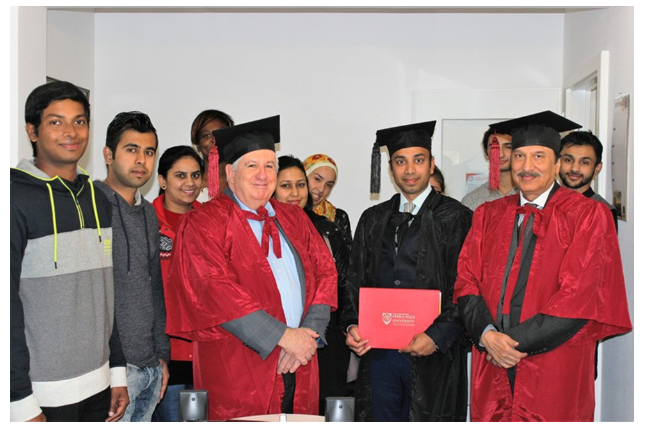Streamlining Large Event Photo Sharing With Innovative QR Code Solutions
The environment of large-scale events is changing quickly, driven by new technology and shifting attendee expectations. One major issue is the efficient sharing of photos, which has become more challenging due to the size of these events. Traditional photo-sharing methods often can’t keep up, causing logistical problems and inefficiencies. Event organizers are always looking for ways to make this process smoother to improve the attendee experience.
QR codes offer a promising solution to these challenges. They provide a quick and secure way to share information. In this article, we will explore event photo sharing with QR code solutions at large events. We will discuss the current challenges, explain how QR codes work, and outline practical steps for implementation. Additionally, we will highlight the benefits and future potential of QR code-based photo sharing.
The Challenges of Photo Sharing at Large Events
At large events, sharing photos often faces several problems that can disrupt smooth operations and attendee satisfaction. Large crowds make it hard for people to find photo stations or designated photo areas. Traditional methods, like physical collection points or manual distribution, are slow and impractical for large numbers of participants. Logistical challenges also include providing enough bandwidth and storage for quick photo uploads and downloads.
Additionally, coordinating the distribution of images to many attendees can be cumbersome and time-consuming, leading to long wait times and a poor experience. For event organizers, these inefficiencies mean higher costs and resource strain. Finding new ways to streamline photo-sharing is a must for improving event logistics and attendee satisfaction.
QR Code Technology Explained
QR code technology has transformed how we share information by providing a simple and efficient way to transmit data. Essentially, a QR code is a type of barcode that can be read by a scanner. When scanned with a smartphone or QR scanner, the encoded information, often a URL or text, is quickly decoded and accessed. There are different types of QR codes, including static codes, which cannot be changed once created, and dynamic codes, which can be edited after creation.
QR codes are particularly useful at large gatherings because they can quickly share information without physical contact, reducing congestion and wait times at photo-sharing stations. This technology also supports large volumes, making it easier for event organizers to manage many attendees efficiently.
Implementing QR Codes for Photo Sharing
To use QR codes for photo-sharing at events, start by planning ahead. Decide what photos you want to share and ensure you have the necessary internet and devices. Create dynamic QR codes that can be easily updated, and customize them with your event’s branding.
Place the QR codes in key areas like entry points and photo booths. Train your staff to help attendees with scanning and accessing photos. During the event, monitor the system and provide technical support if needed. This approach will make photo-sharing smooth and improve attendee satisfaction.
Benefits of QR Code-Based Photo Sharing
Using QR codes for photo sharing offers many benefits that can improve event efficiency and attendee experience. One major advantage is how much time and effort they save. By embedding photo links in QR codes, participants can instantly access and download images, eliminating the need for manual distribution. This enhanced accessibility means anyone with a smartphone can easily scan the codes, ensuring that photos are readily available to all attendees.
Additionally, QR codes allow for easy management of large volumes of photos, making them practical for big events. Event organizers can handle thousands of pictures smoothly, reducing logistical challenges and operational stress.
Future Prospects and Innovations
Looking ahead, QR code technology has the potential to revolutionize photo sharing at large events. Future innovations might include augmented reality (AR), allowing attendees to see photo overlays in real-time when scanning QR codes. Blockchain technology could add new levels of security and traceability, ensuring shared photos are tamper-proof and authentic.
Artificial intelligence (AI) could help by automatically categorizing and customizing shared images based on attendee preferences or event themes. These advancements, combined with the efficiency of QR codes, could make photo sharing more interactive, secure, and personalized. Embracing these technologies would not only simplify the photo-sharing process but also enhance the overall event experience for participants.
The dynamic nature of large-scale events necessitates efficient and innovative photo-sharing methods to meet growing attendee expectations. QR codes present an effective solution by offering swift and secure information transfer, significantly reducing logistical challenges. By planning and implementing QR code-based systems, event organizers can streamline the distribution process, enhance attendee satisfaction, and manage high volumes of photos effortlessly. As technology advances, integrating augmented reality, blockchain, and artificial intelligence with QR codes promises even greater advancements. These innovations will not only simplify photo sharing but also elevate the overall event experience, making it more interactive, secure, and personalized.


